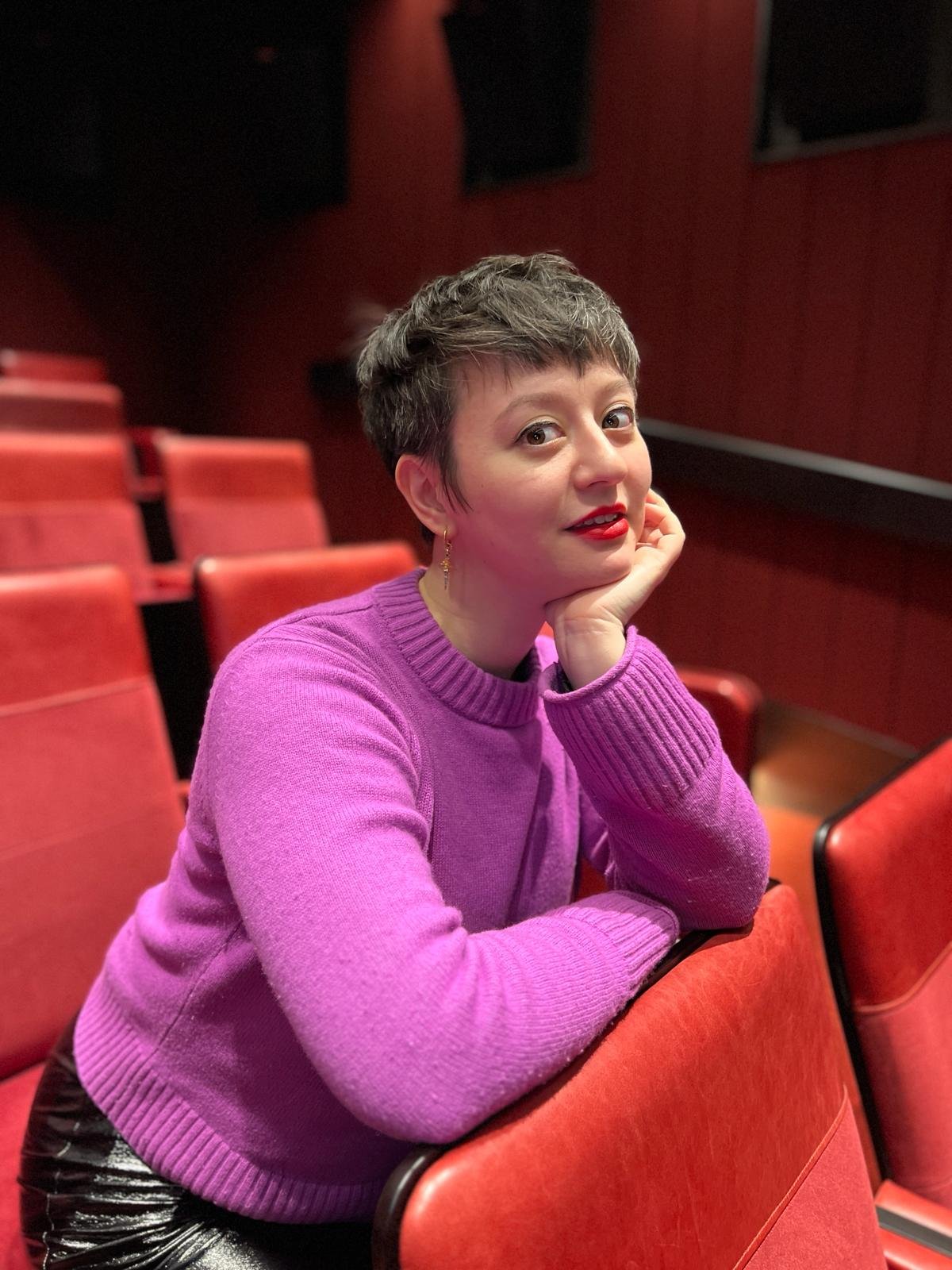“My hands sweat every time I’m up in the crow’s nest!”: An Interview With Maja Bodenstein, The Pirate Queen’s Writer and Narrative Designer
We caught up with Maja Bodenstein, writer and narrative designer of ‘The Pirate Queen: A Forgotten Legend’, to talk about the game’s attention to historical detail, how she constructed such a compelling narrative, and her exciting ideas about further developing the epic story of Cheng Shih’s life.
What is your job title?
I’m the Writer & Narrative Designer.
How long have you been doing this job?
I’ve been writing for film and TV for about a decade, but The Pirate Queen was my first time writing for a game - so, coming up to 4 years!
How did you start working with Singer Studios on The Pirate Queen?
Eloise Singer was looking for a writer of East-Asian heritage to pitch a concept for the game - at that stage, it was all up for grabs, it just had to be about Cheng Shih and set on a pirate ship.
My proposal was to contain the story to a single night, a fictionalised pirate election during which Cheng Shih has to convince, scheme, and fight her way to the top. At that time, neither one of us had played much VR, so our initial ideas were all wildly ambitious: I think at one stage we discussed marrying the stealth elements of Hitman to the narrative choice of Mass Effect…!
Eventually, Dave talked some sense into us, and we ended up with the demo version we took to Raindance; that did well enough for us to expand the narrative into the full game.
What drew you to the project?
I grew up in Hong Kong, where a visit to Cheung Po Tsai’s cave on Cheung Chau Island is a pretty standard school trip destination - so I’d known about him from a pretty early age, but only learned about Cheng Shih as an adult.
She was a fascinating figure, someone I’d always wanted to write about - so when the opportunity came along, I was ready to dive in.
How long have you been working on The Pirate Queen?
Since late 2020.
What is your role on The Pirate Queen?
I developed the narrative from its first, bare-bones “Cheng Shih on a pirate ship” proposal - this was a very in-depth process, and included pitching potential levels as well as characters and story.
I then wrote several versions of the script, until we landed on the final draft which made it into the game (with additional lines of dialogue by Eloise).
What was your favourite thing to create in the game?
I think bringing the sampan maze to life was really satisfying. It acts as an obstacle course, but also showcases how the fleet was made up of more than just war junks, and could function as a floating village.
What’s your favourite chapter in TPQ?
I like the approach to Kwok Po Dai’s ship, and infiltrating his chamber - my go-to-playstyle is a rogue, so the stealth elements appeal to me!
What’s your favourite moment from the game?
I have two; I love the moment you climb into the crow’s nest and raise the Red Flag, and see the entire fleet sprawled around you - it’s high up and you get a real sense of scale! The second one is the ending, which I won’t spoil - but it’s very satisfying.
What was the hardest thing for you whilst working on The Pirate Queen? (technical or otherwise)
It was tricky settling on a naming convention, as the English name Cheng Shih is most commonly known by (“Ching Shih”) doesn’t correspond to the correct jyutping - but “Zeng Si” looks so different that it risked English-language audiences not making the connection. Cheng Shih felt like a reasonable compromise, and more akin to the romanisation style used around Hong Kong.
We also had to decide quite early on which name to use: her own given name, “Shek Yeung”; the name she was known under when she was a courtesan, “Shek Heung Gu”; or “Cheng Shih”, which is actually not a name per se, but translates to something like “Wife of Cheng”. Since her marriage to Cheng was instrumental in her rise to power and something she actively leveraged, we ultimately chose this form of address.
Another challenge was striking a balance between something making sense culturally whilst remaining accessible to a Western audience. Finally, it was a challenge condensing her story into such a short space of time - there is so much more to her story both before and after this fictionalised event!
Describe the game in 3 words?
Immersive, thrilling, intriguing!
What do you hope for players to take away from the game?
Curiosity about Cheng Shih’s story, and this period of Chinese history and culture!
What surprised you about the game when you first played it?
I wasn’t prepared for the scale of it - being able to interact with the ships, especially on the external levels, really gives you a sense of their size and height. My hands still start sweating every time I’m up in the crow’s nest!
Do you have any trivia/fun facts to offer about the game?
We’d initially planned for the player to meet and interact with the leader of each colour flag fleet, and perform different tasks to gain their favour.
Sadly we couldn’t accommodate this, but I urge anyone interested to read up more about the real fleet leaders: all fascinating characters in their own right!
The Pirate Queen: A Forgotten Legend is now available on Meta Quest and Steam.






